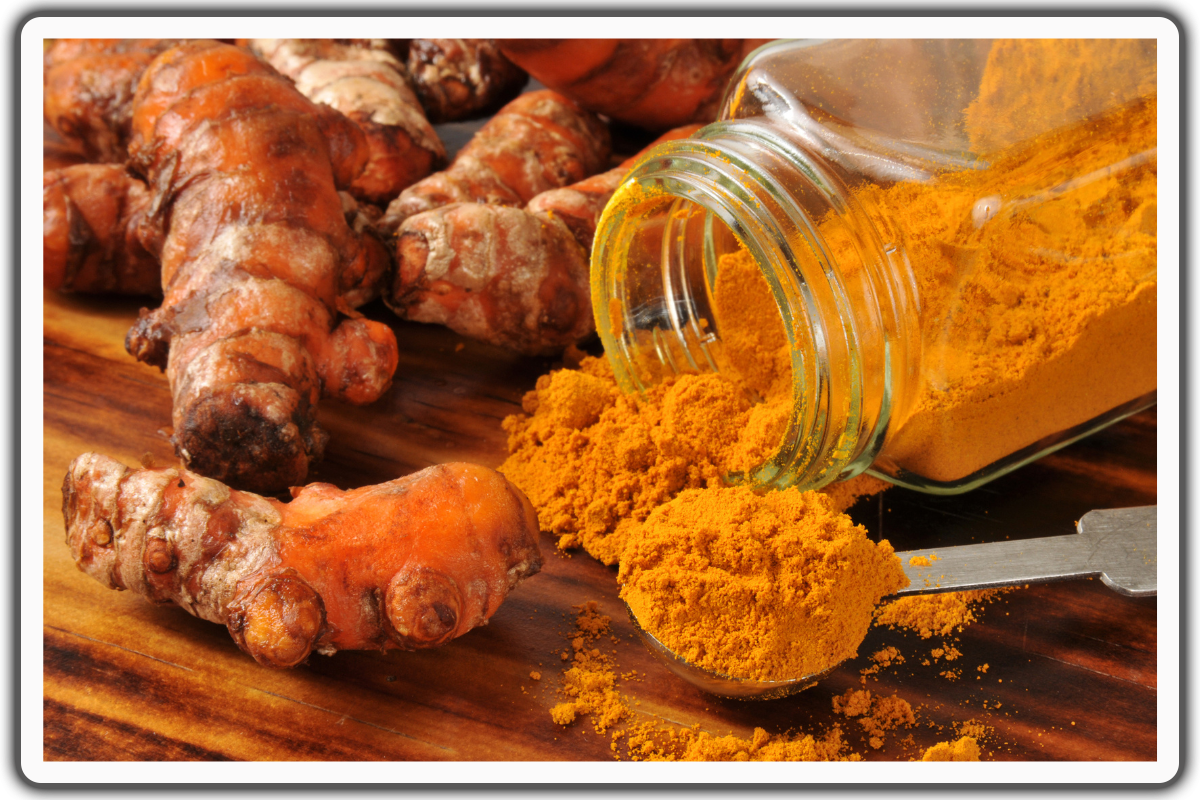How to Make Turmeric Latte: A Guide to Golden Wellness
A few years ago, I was just another coffee addict looking for my next caffeine fix. Then, one chilly morning, I stumbled across something golden and magical: turmeric latte. I’d heard about it in passing—“golden milk,” people called it—but I had no idea how life-changing a simple, spiced drink could be.
Today, I’m here to share how I learned to make the perfect turmeric latte, why it’s now my go-to comfort drink, and how you can make it at home, even if you’ve never touched turmeric before.
What is Turmeric?
Turmeric is a spice made from the root of a plant in the ginger family. It has been used for thousands of years in cooking, medicine, and as a natural dye.
The main ingredient in turmeric, called curcumin, gives it a bright yellow color and many health benefits. Turmeric is known for helping with digestion, reducing inflammation, improving liver health, and fighting infections.
It is also used for skin care and healing wounds. In traditional medicine like Ayurveda, turmeric is considered a powerful herb that supports overall health.
How to Make Turmeric Latte (Golden Milk)
Turmeric latte is a cozy, creamy drink that's as delicious as it is healthy. Whether made with traditional whole milk or plant-based options like almond milk, cashew milk, or oat milk, this drink is a comforting addition to any day.
Here’s a simple recipe to make it at home:
Ingredients:
- 1 cup milk (dairy, almond milk, oat milk, cashew milk, or coconut milk)
1/2 teaspoon ground turmeric (or 1 teaspoon fresh turmeric, grated)
1/4 teaspoon ground cinnamon
1/4 teaspoon ground ginger (or 1/2 teaspoon fresh ginger, grated)
A pinch of black pepper (boosts turmeric absorption)
1 teaspoon honey or maple syrup (optional, for sweetness)
A pinch of ground nutmeg or cardamom (optional, for extra flavor)
Instructions:
1. Heat the Milk
Pour 1 cup of milk into a small saucepan and warm it over medium heat. Nut milk options like almond or cashew milk are great for lighter, dairy-free versions, while whole milk offers a creamy texture with higher saturated fat content. Avoid boiling the milk.
2. Add the Spices
Mix in turmeric, cinnamon, ginger, and black pepper. Whisk or stir thoroughly to blend the spices into the milk. Fresh turmeric and fresh ginger can provide an extra boost of flavor and nutrition.
“Black pepper or white pepper will help you increase the absorption by roughly two thousand
percent.”- Dr. Eric Berg DC
3. Sweeten It Up
Add honey or maple syrup to taste, and whisk until it dissolves.
4. Froth (Optional)
For a frothy texture, whisk vigorously or use a milk frother for about 30 seconds.
5. Serve and Enjoy
Pour the golden latte into your favorite mug. Sprinkle a pinch of nutmeg, cinnamon, or cardamom on top for garnish. Enjoy your golden milk latte!
For Iced Turmeric Latte:
1. Prepare the spice blend:
Mix ground turmeric, ground ginger, ground cinnamon, and black pepper in a small bowl.
2. Combine with cold nut milk:
Add the spice mix to a glass of chilled almond milk, cashew milk, or oat milk. Use fresh turmeric and ginger for an extra zing if you prefer.
3. Optional iced coffee twist:
For a refreshing take, mix with cold brew coffee for a turmeric coffee latte.
4. Serve over ice:
Add ice cubes, stir well, and enjoy your iced turmeric latte with a dash of cinnamon on top.
Tips:
- Use freeze-dried turmeric powder as it preserves more of the beneficial properties of turmeric.
For a richer flavor, you can add a small splash of vanilla extract.
Want a stronger turmeric kick? Adjust the amount to suit your taste.
Make it a nighttime ritual—turmeric latte is caffeine-free and helps you unwind.
P.S Turmeric latte is called "golden milk" for its vibrant yellow-gold color, thanks to curcumin in turmeric. The name also reflects its rich health benefits, including anti-inflammatory and antioxidant properties. Its bright hue and nourishing qualities make it a comforting, luxurious drink that feels like liquid sunshine in a cup.
Why It’s My Comfort Drink
Turmeric latte became more than just a tasty drink for me. It’s my ritual—a moment of calm in a busy day. Plus, knowing that turmeric is good for my health makes it even better. Its versatility means I can enjoy it hot, as an iced turmeric latte, or even as part of a golden milk latte recipe mixed with coffee or black tea.
Let’s Explore the Health Benefits of Turmeric
Turmeric contains curcumin, its main bioactive ingredient, which offers numerous health benefits thanks to its powerful natural properties.
Here’s a simple list of its benefits:
- Anti-inflammatory: Helps reduce swelling and pain, useful for conditions like arthritis.
Antioxidant: Protects the body from harmful free radicals, which can cause aging and diseases.
Anticancer: May help prevent and fight cancer by targeting abnormal cells.
Antibacterial and Antifungal: Fights harmful bacteria and fungi, keeping infections at bay.
Antiviral: Strengthens immunity to ward off viruses.
Antidiabetic: Helps control blood sugar levels.
Heart health: Lowers cholesterol and supports healthy blood flow.
Digestive aid: Eases symptoms like bloating and indigestion.
Wound healing: Speeds up healing of cuts and diabetic wounds.
Liver protection: Helps detoxify the liver and protect it from damage.
Skin health: Reduces acne and improves the skin’s glow.
Joint support: Relieves stiffness and pain caused by conditions like rheumatism.
Why Turmeric Matters
- Turmeric is considered safe to use and has many health benefits.
“Curcumin (Turmeric) has been declared safe as generally regarded as safe by the FDA, with some studies showing curcumin to be safe even at high doses of up to 8 grams per day. The actual dosage of curcumin you need to take depends on the indication or what you're taking it for, and you should talk to your doctor about the right dose for you.” - Dr. Leonid Kim, Internal and Obesity Doctor
It is a popular choice for promoting overall health, fighting diseases, and improving quality of life.
Its natural, powerful properties have made it a focus of scientific research in modern medicine.
Conclusion
Turmeric latte is more than just a drink—it’s a blend of tradition, flavor, and wellness in a single cup. Whether you enjoy it for its golden glow, comforting warmth, or incredible health benefits, it’s a ritual worth embracing. So why not make your own golden milk, experiment with nut milk varieties like almond milk or cashew milk, and savor the joy of this nourishing treat?
FAQs
Are turmeric lattes good for you?
Yes, turmeric lattes can be good for you! They are rich in antioxidants and anti-inflammatory compounds, mainly due to turmeric’s active ingredient, curcumin. Drinking them may support digestion, immunity, and overall health. However, they’re not a cure-all, and the benefits depend on your overall diet and lifestyle.
How much turmeric do you put in a glass of milk?
Typically, about 1/2 teaspoon of ground turmeric is enough for one glass of milk. If using fresh turmeric, you can grate about 1 teaspoon. Adjust the amount based on your taste preferences.
Does turmeric really burn belly fat?
Turmeric alone does not "burn" belly fat. It may help by reducing inflammation and supporting digestion, which can play a role in maintaining a healthy weight. However, losing fat requires a combination of a balanced diet, exercise, and good habits—not just one ingredient.
What cannot be mixed with turmeric?
Turmeric should generally not be mixed with:
- Certain medications: It may interact with blood thinners or diabetes medication.
Large amounts of sugar: This can counteract its health benefits.
Alcohol: Excessive alcohol might reduce turmeric’s positive effects.
Always consult a doctor if you’re unsure about combining turmeric with medicines or supplements.
KW for references:
- Turmeric - http://scholarsresearchlibrary.com/archive.html
Benefits - http://www.jstor.org/stable/24107978
Anticancer - https://doi.org/10.1016/j.cbi.2019.108729
References:
Bhowmik, D., Chiranjib, C., Sampath Kumar, K. P., Chandira, M., & Jayakar, B. (2009). Turmeric: A herbal and traditional medicine. Archives of Applied Science Research, 1(2), 86–108. Retrieved from http://scholarsresearchlibrary.com/archive.html
Chattopadhyay, I., Biswas, K., Bandyopadhyay, U., & Banerjee, R. K. (2004). Turmeric and curcumin: Biological actions and medicinal applications. Current Science, 87(1), 44–53. http://www.jstor.org/stable/24107978
Hay, E., Lucariello, A., Contieri, M., Esposito, T., De Luca, A., Guerra, G., & Perna, A. (2019). Therapeutic effects of turmeric in several diseases: An overview. Chemico-Biological Interactions, 310, 108729. https://doi.org/10.1016/j.cbi.2019.108729




